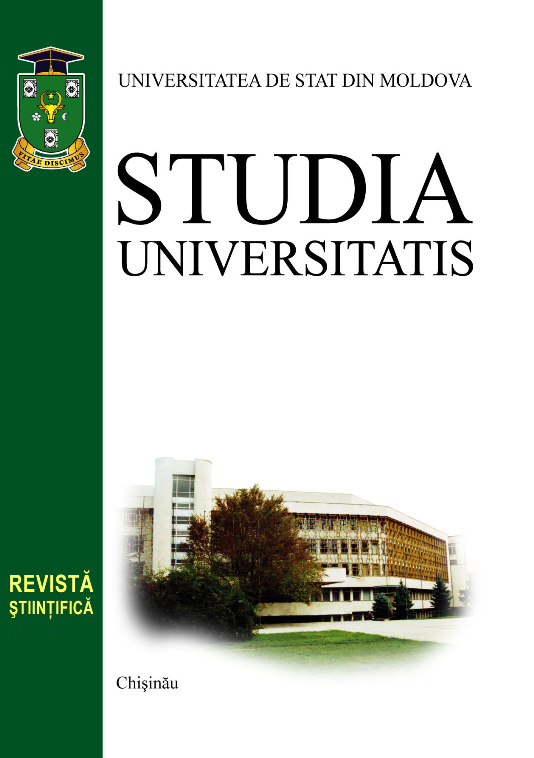COMPUȘI COORDINATIVI AI METALELOR DE TRANZIȚIE CU LIGANZI ÎN BAZA ALDEHIDEI SALICILICE
Angela SÎRBU Universitatea de Stat din Moldova
Abstract
COORDINATION COMPOUNDS OF TRANSITION METALS WITH LIGANTS BASED ON SALICYLALDEHYDE
This paper contains the bibliographic study dedicated to the coordination compounds of transition metals with salicylaldehyde chalcogensemicarbazones which have different chemical, physical, structural and biological properties. Salicylaldehyde thiosemicarbazones coordinate with the main majority of transition metals, generally, as a tridentate ligand through ONS donor atoms, as a bidentate ligand through N and S atoms with the formation of five or four-membered chelated rings, as well as in rare cases N, S bonds between metal atoms or as a monodentate ligand through the sulphur atom. Thioalkylation of thiosemicarbazide derivatives changes the coordination chemistry of the resulted isothiosemicarbazone by the condensation reactions of isothiosemicarbazides with suitable aldehydes or ketones. Coordination of potentially tridentate isothiosemicarbazones of salicylaldehyde and of other aldehydes or ketones to 3d metals takes place through the terminal atoms, namely, N1 hydrazine atom and N3 isothioamide / isothioimide atoms, while the third donor atom is provided by the aldehyde or ketone, which was used for condensation.
Although a good part of the known thiosemicarbazones have a wide range of relevant biological properties (antibacterial, antiviral, antitumor, etc.), their coordination to transition metals amplifies these properties. In this aspect more efficient is the coordination in the copper(II) ion sphere.
Keywords: coordination compounds, salicylaldehyde thiosemicarbazones, transition metals, coordination mode, biological properties.


